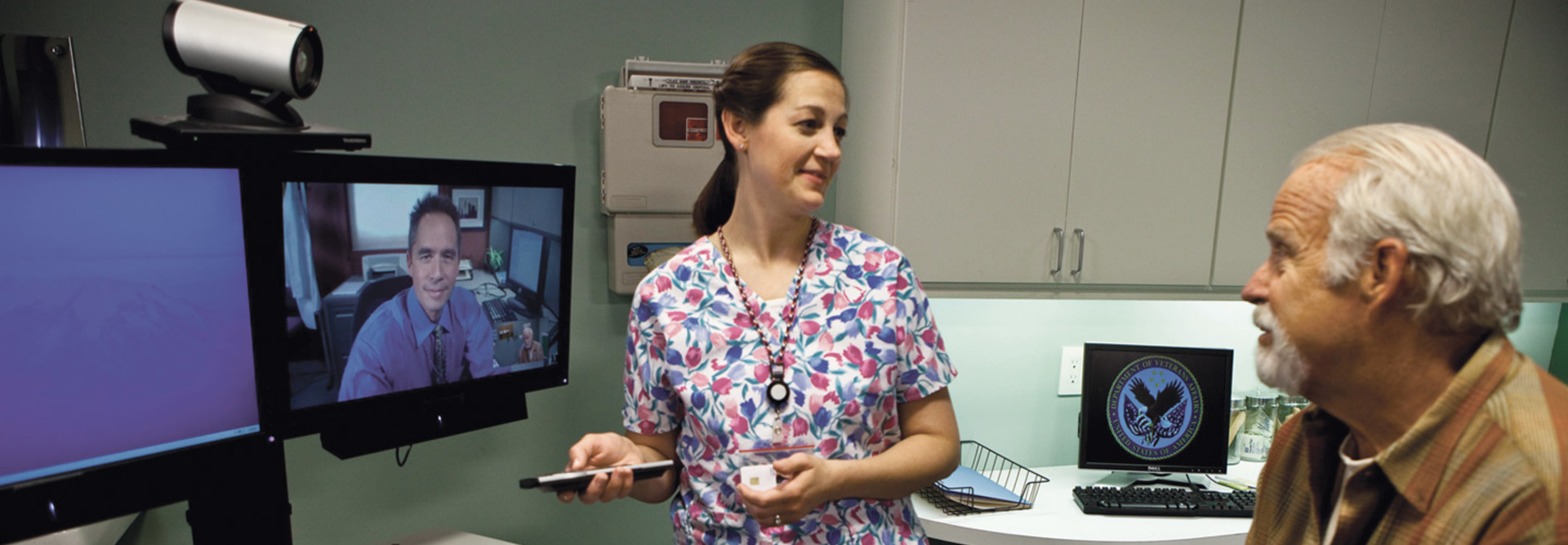Telehealth Requires New Ways of Organizing a Practice
Telemedicine is critical to helping underserved areas and populations gain access to specialty services such as oncology, dermatology, mental health care and substance abuse counseling, says Marcia Ward, director of the University of Iowa’s Rural Telehealth Research Center.
But with all the advances in the capability and user-friendliness of video-based telemedicine — and new programs launching in both the Department of Veterans Affairs and the Army — it’s easy to overlook the challenges that still exist.
MORE-FROM-FEDTECH: See how virtual healthcare tech helps improve the Military Health System.
Challenges to Setting Up a Federal Telemedicine System
Here are several things agencies need to keep in mind.
- Licensing and privileging: Military providers are permitted to see federal beneficiaries anywhere in the world, and the new VA Mission Act allows VA providers to deliver video care across state lines. But providers still need the proper privilege to legally prescribe medication to patients.
Providers can be confused by the details, and worry about the legal implications of providing video-based care, says Lt. Col. Sean Hipp, director of the Army Virtual Medical Center in Texas. “It’s very important to take the time to really educate providers about what they need to do and how they are legally protected,” he says.
- Workflow issues: It’s not ideal to simply add video tools to an existing practice structure, says Jennifer Covich Bordenick, CEO of the eHealth Initiative, a nonprofit organization that seeks to drive improvements in healthcare through the use of technology. “If you really want to get the full benefit, you have to rethink the workflow,” she says.
Before a program begins, health care providers must address when and where to conduct video appointments and how to effectively schedule patients. “Take the time to really think it through and figure out what’s going to work best for your practice style and your patients.”
- Awareness: Patients won’t use a system if they don’t know about it. The personal touch helps. “When a physician or care navigator says, ‘Next time this issue comes up, you don’t have to come in — we can have a video appointment,’ that’s going to feel a lot different and a lot more inviting and trustworthy than getting a cold call from the organization or reading about it in a brochure,” Bordenick explains.
- Costs: Video-based telemedicine has the potential to significantly cut and avoid costs, but payers need to keep a close eye on the figures.
“Be very cautious about what is being reimbursed, because you want to make sure that the convenience of video doesn’t lead to overtreatment,” says Ward. “Find specific cases where it makes sense to reimburse video because it’s effectively addressing undertreatment.”
For more on telemedicine, check out, “ VA, Army Bring Video-Based Healthcare to Patients at a Distance.“








